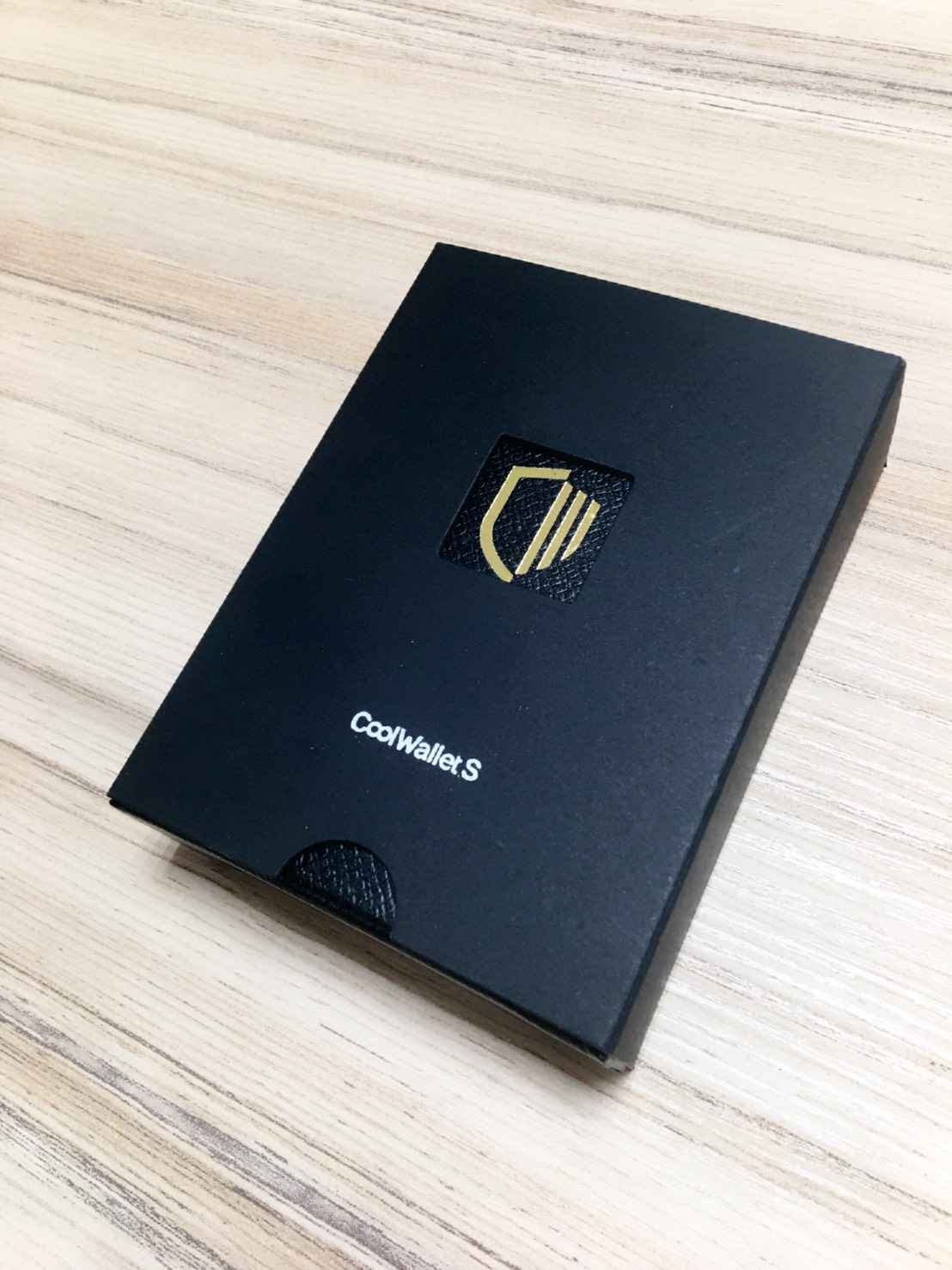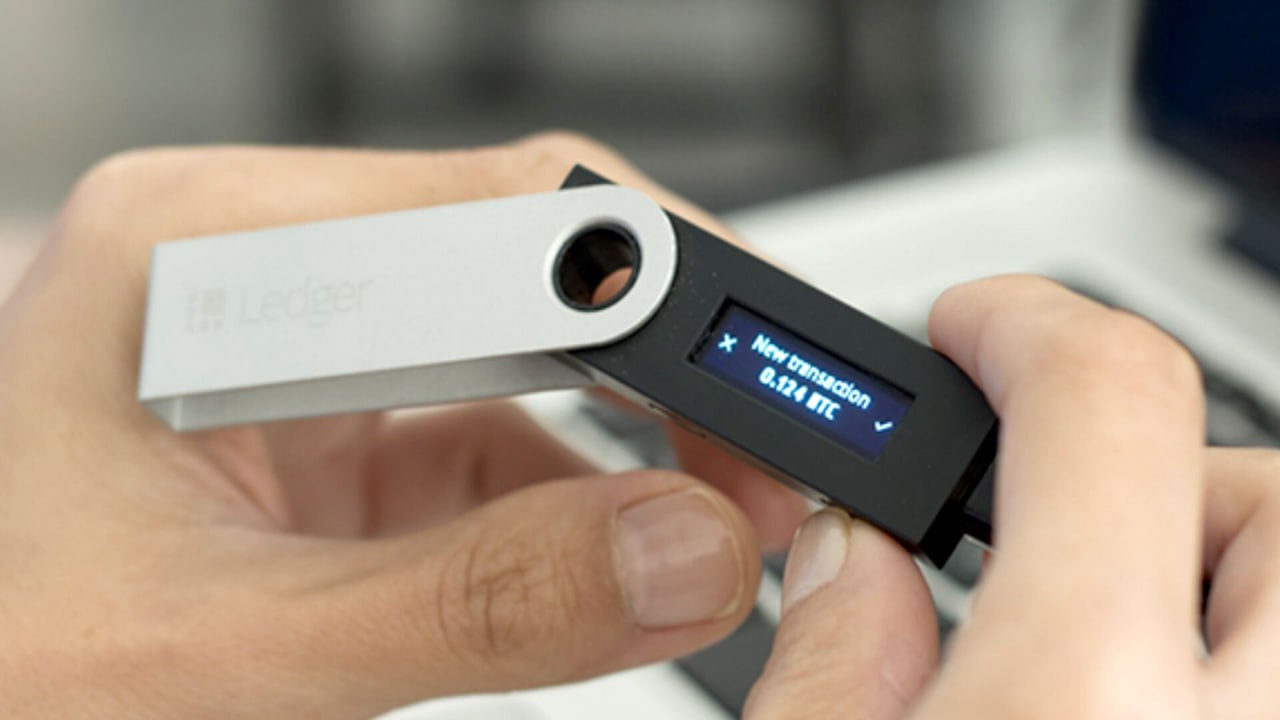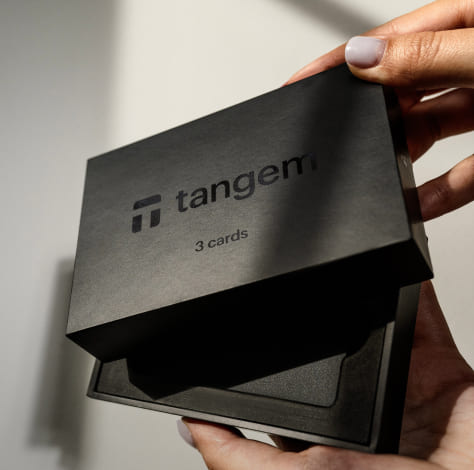
It’s vital to understand the landscape of hardware wallets as you consider the best options for securing your cryptocurrency assets. This comprehensive price comparison will guide you through a careful evaluation of features, security, and overall value for money across various models available in 2025. By analyzing the cost-benefit ratio, you can make an informed decision that aligns with your security needs and budget, ensuring that you protect your investments effectively.
Key Takeaways:
- Prices for hardware wallets are expected to vary significantly by features and security levels in 2025.
- Value for money assessments will prioritize long-term security and user experience alongside initial costs.
- Emerging brands may disrupt the market by offering competitive pricing with advanced functionalities.
Decoding the Cost Factors of Hardware Wallets
Understanding the price of hardware wallets involves dissecting several key components that contribute to their overall cost. The materials used in construction and the technology behind the wallet are significant contributors. High-quality materials, such as military-grade aluminum or stainless steel, ensure durability and enhance security, while advanced technological features—like biometric authentication or Bluetooth connectivity—often escalate the price tag. Additionally, wallets with larger memory capacities or support for multiple cryptocurrencies typically command higher prices.
- Materials used in manufacturing
- Technology and features offered
- Security levels and certifications
- Brand reputation
Perceiving the value of these factors can guide your investment decision.
Material and Technology Investments
Investing in premium hardware wallets usually means greater security and longevity. For example, wallets like the Trezor Model T, which features a touchscreen interface and supports various coins, utilize high-end materials like hardened plastic and tempered glass. These aspects not only improve usability but also protect against physical tampering. Pricing can vary from $60 to $250, based primarily on these substantial material benefits and advanced functionalities that promote a safer user experience.
The integration of cutting-edge technology affects the overall cost as well. Proprietary chips, for instance, can enhance security but may increase production costs, directly influencing the retail price. Devices incorporating encrypted firmware or state-of-the-art cryptographic algorithms can charge a premium; for example, Ledger’s devices often exceed $100 due to their focus on top-tier security features.
The Role of Brand Reputation in Pricing
The reputation of a brand significantly influences hardware wallet pricing. Established companies like Ledger and TrezorSome of the links on this page are affiliate links. If you purchase a cold wallet through these links, we may earn a commission at no extra cost to you. command higher prices due to their perceived reliability and a history of strong performance in the market. Users often gravitate towards these recognized brands for their quality assurance, even if this means paying more upfront. Brand reputation not only encompasses product reliability but also relates to customer service, warranty offerings, and ongoing software support. The development of a community around a brand can further enhance trust, leading to a willingness among consumers to invest more in a reputable entity.
Detailed Price Comparisons of Top Models
Leading Competitor Pricing at a Glance
Prices for hardware wallets vary significantly between models and manufacturers. The leading competitors in 2025 include the Ledger Nano X, TrezorSome of the links on this page are affiliate links. If you purchase a cold wallet through these links, we may earn a commission at no extra cost to you. Model T, and the KeepKey. As of early 2025, the Ledger Nano X retails for approximately $149, while the Trezor Model T is priced around $219. The KeepKey remains the more budget-friendly option at $79. When evaluating these prices, consider the additional features and long-term value they offer.
Your choice may also depend on the ongoing costs associated with these wallets. While the Ledger Nano X offers Bluetooth connectivity and supports a wide array of cryptocurrencies, its price premium reflects its advanced capabilities. In comparison, the Trezor Model T features a full-color touchscreen and robust security measures but comes with a higher price tag. The KeepKey provides necessary functions at a lower cost, appealing to those who prioritize savings over enhanced features.
Feature-Driven Value Analysis
Value in hardware wallets isn’t dictated solely by price but by the features they carry. The Ledger Nano X, with its dual connectivity options, enhances user convenience and flexibility, making it fitting for those needing access on the go. Meanwhile, the Trezor Model T’s touchscreen interface facilitates user experience, particularly for beginners. The MakeKey, though less feature-rich, caters to minimalists who desire straightforward operations without the frills.
Examining the security aspects is equally necessary. For instance, Ledger’s Secure Element chip offers enhanced security against physical attacks, while Trezor prides itself on open-source transparency, allowing users to audit its software for vulnerabilities. The varying features and security measures are fundamental in justifying each wallet’s price. Your decision should align with your personal risk comfort and usability preferences.
When evaluating the value proposition, consider how often you’ll use the wallet’s features. You might be inclined to spend more on a model that provides exceptional support for a vast range of cryptocurrencies. However, if you plan to hold only a few assets, a less expensive model that meets your basic requirements could offer the best value for your investment in the long run.
Functionality vs. Affordability: Finding Your Balance
Essential Features Worth Paying For
In the quest for a hardware wallet, certain features significantly enhance the user experience and security. You should look for devices that offer multi-currency support, allowing you to manage various cryptocurrencies in one place. Additionally, advanced security features such as two-factor authentication and fingerprint recognition are invaluable, providing an extra layer of protection against unauthorized access. Hardware wallets like the Ledger Nano X stand out for their Bluetooth connectivity, enabling convenient use on mobile devices without compromising security.
Prioritizing important features sometimes warrants a higher price tag. For instance, wallets that provide a seamless user interface, ongoing software updates, and responsive customer support can save you time and hassle in the long run. Consider models that integrate with popular exchanges or offer customizable access settings, as these can enhance your trading experience. Investing in a device like the Trezor Model T, which features a large touchscreen and wide compatibility with different cryptocurrencies, often proves to be more beneficial than opting for cheaper alternatives with limited functionality.
Trade-Offs: Security vs. Usability
A common dilemma you may face involves balancing security with usability. High-security hardware wallets typically require extensive security measures, such as long PIN codes or complex setup processes, which can make day-to-day transactions cumbersome. While these measures significantly enhance security, they can deter quick access to your funds when needed. On the other hand, more user-friendly models often sacrifice some security features, leaving your assets at a greater risk if you don’t take additional precautions.
This trade-off is particularly evident in entry-level hardware wallets. For example, while a budget-friendly option may seem attractive for its ease of use, it might lack advanced cryptographic functions that protect against physical tampering. Evaluating your personal risk tolerance and how often you plan to access your cryptocurrency can help you strike the right balance between convenience and security features.
The Market Trends Shaping 2025 Prices
Economic Influences and Consumer Demand
Your purchasing decisions for hardware wallets are significantly affected by broader economic conditions. Inflation rates and changes in disposable income will dictate how much you’re willing to invest in security solutions. As the cryptocurrency market stabilizes, expect a correlation between your demand for advanced security features and the pricing flexibility of wallet manufacturers. For instance, if economic growth persists, you may be more inclined to opt for premium options that offer enhanced functionality.
The recent surge in institutional investment in cryptocurrencies has also shifted consumer behavior. With more individuals entering the market, you may find your desire for higher security options growing. This increased demand can lead to higher prices for top-tier models due to a crowded marketplace where suppliers capitalize on burgeoning interest.
Innovations Driving Future Pricing
Emerging technologies are set to redefine the pricing landscape of hardware wallets by introducing features that enhance security and user experience. As companies invest in biometric authentication and multi-signature capabilities, you can expect these innovations to justify premium pricing models. For instance, hardware wallets that incorporate advanced encryption algorithms or offer seamless integration with mobile devices tend to reflect higher costs, yet provide value that aligns with evolving security needs.
Beyond security, the integration of functionality, such as built-in exchanges or staking options, will also influence pricing. As these features become standard, outdated models may see price reductions, forcing you to reconsider your choices based on the value proposition of each device. Keeping an eye on new product releases will be key to understanding where investment should be directed for optimal returns in security and functionality.
Hardware wallets are increasingly incorporating advanced technological innovations, such as artificial intelligence for fraud detection and integration with decentralized finance (DeFi) applications. These enhancements are likely to create a tiered pricing model, where entry-level wallets remain accessible while feature-rich products elevate in price. You should assess each innovation not only for its functionality but also for how it may enhance your overall investment strategy in the digital asset space.
Expert Insights: Recommendations from Industry Leaders
Industry leaders suggest that while price is a significant factor, the choice of a hardware wallet should also emphasize its security features, ease of use, and compatibility with various cryptocurrencies. Brands like Ledger and Trezor have established strong reputations due to their robust security protocols and user-friendly interfaces. It’s advisable to look for wallets that include multi-signature options and support for a wide range of tokens, enhancing both your asset protection and potential for future growth.
Additionally, many experts recommend considering wallets that offer regular firmware updates as a sign of a responsive and secure system. As threats evolve, a wallet that can adapt to new challenges will safeguard your investments more effectively. You should also evaluate community support and accessibility to customer service as these factors can significantly influence your user experience.
Comparing User Reviews and Ratings
| Wallet Model | Average Rating (out of 5) |
|---|---|
| Ledger Nano X | 4.7 |
| Trezor Model T | 4.6 |
| Coldcard | 4.5 |
| SafePalSome of the links on this page are affiliate links. If you purchase a cold wallet through these links, we may earn a commission at no extra cost to you. S1 | 4.3 |
User reviews provide a wealth of information that could steer your decision-making process. The consensus often highlights the ease of setup, the intuitiveness of the interface, and customer support responsiveness. Strong ratings can correlate with a product’s reliability, suggesting that investing in well-reviewed wallets may translate to smoother long-term usage.
Sifting through user feedback reveals common themes regarding specific features, such as security measures and how effectively the wallet handles multiple currencies. Analyzing these patterns can lead to informed choices tailored to your needs and preferences.
The Importance of Long-Term Investment
A hardware wallet isn’t just a short-term purchase; it’s an investment in your financial future. Evaluating the longevity and support of your chosen wallet is vital, as investments in cryptocurrencies can fluctuate dramatically. Opting for wallets that come with a solid track record of updates ensures that they adapt to changing security landscapes and emerging technologies. This foresight can protect your assets from potential threats and improve your overall user experience over time.
Long-term investments in reliable hardware wallets can yield substantial dividends, not just in safeguarding assets but in ensuring compatibility with newer coins and protocols. You might find that a wallet with strong community support and consistent updates outlasts cheaper alternatives, ultimately leading to cost savings and enhanced security.
Final Words
With this in mind, evaluating the price of hardware wallets in 2025 requires a comprehensive understanding of their features and long-term value. You must consider not only the initial cost but also the ongoing security benefits and potential savings from avoiding hacks or theft. By analyzing various models, you can determine which wallet offers the best price-to-value ratio for your specific needs and usage patterns.
Your choice should align with your level of cryptocurrency engagement, whether you are a casual user or a serious investor. Understanding the features that matter most to you—such as ease of use, security levels, and customer support—will guide you towards a wallet that provides the best overall experience without unnecessary expenditure. This informed approach ensures you make a valuable investment in your digital security.
FAQ
Q: What should I consider when comparing hardware wallet prices in 2025?
A: When comparing hardware wallets, consider factors such as security features, ease of use, supported cryptocurrencies, customer support, and the warranty provided. It’s also important to evaluate user reviews and the reputation of the manufacturer.
Q: Are more expensive hardware wallets always better in terms of value for money?
A: Not necessarily. While higher-priced wallets may offer advanced features or enhanced security, some mid-range options provide excellent security and functionality at a lower price. Assessing individual needs and comparing features will help determine the best value.
Q: How can I assess the long-term value of a hardware wallet?
A: To assess long-term value, consider the security updates offered by the manufacturer, the wallet’s track record, and its compatibility with various cryptocurrencies. Additionally, evaluate the resale value and how it aligns with your investment strategy.







